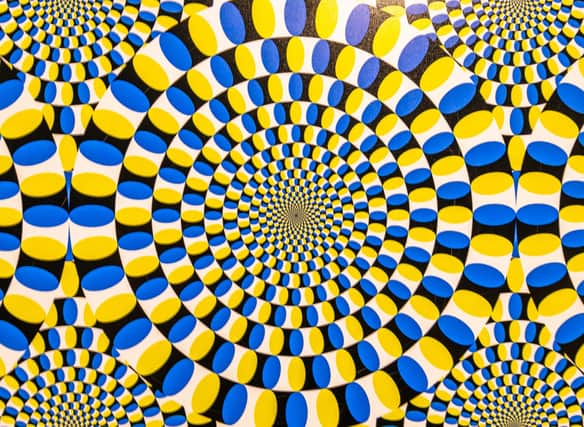Defined as “something that deceives the eye by appearing to be other than it is.” - an optical illusion uses imagery to cause your brain/eyes to perceive things differently.
A 2D image can appear more 3D, or perhaps you see more than one thing within the image – either way, optical illusions have entertained and baffled for decades. They can really show how there can be a difference between perception and reality.
Optician at FeelGoodContacts.com, Tina Patel, explained how psychologists at the Universities of York and Glasgow have found staring at an optical illusion can improve visual acuity and allow you to see small print, thanks to something called expanding motion aftereffect, which causes you to see things as bigger than they are.
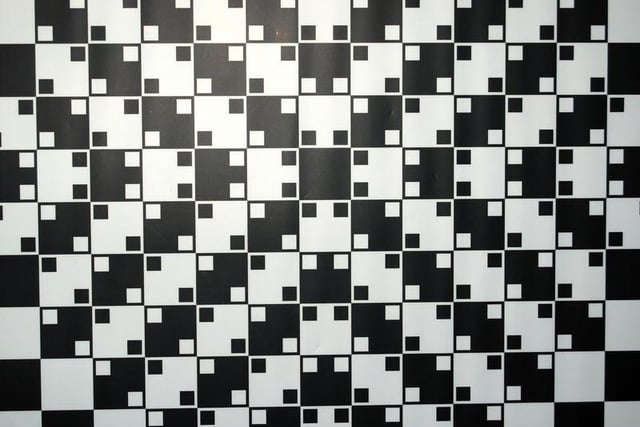
1. Checkerboard
Do the lines appear curved or straight to you in this checkerboard illusion? Photo: Getty Images/Canva Pro
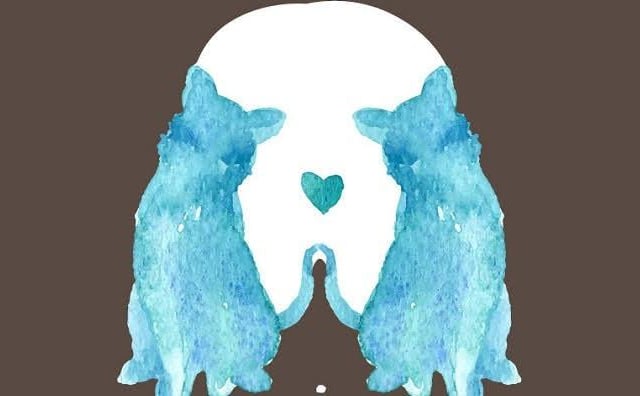
2. Cat or dog?
Psychological illusions are a result of overstimulation of the eyes that creates an afterimage, such as the grey spot you see in the centre of your vision after being exposed to bright light. Photo: Veronika Kokurina
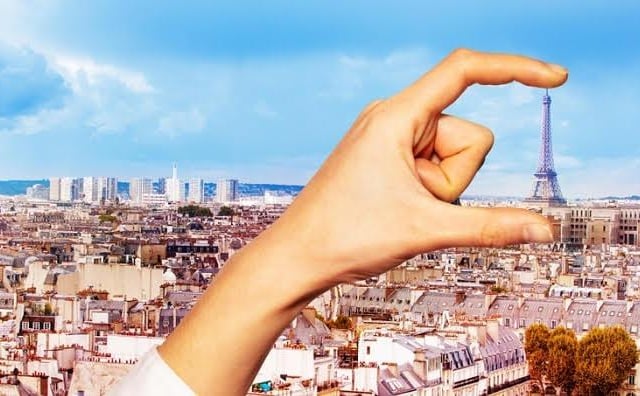
3. Eiffel tower in Paris
Is the hand giant, or is it just far away from the Eiffel tower? This is a very popular optical illusion trick tourists love to do with famous landmarks! This is a perspective illusion, if we were further to the left or right in this scene, we would see that the hand is much further away from the building. Photo: Sergey Novikov
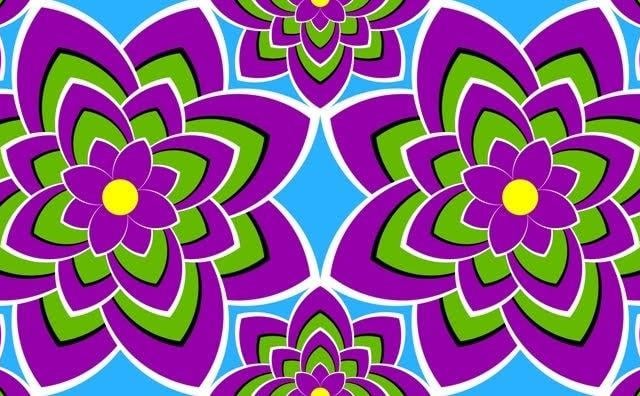
4. Lotus flowers
These flowers look as if they are moving. This type of illusion is called illusory motion which is when a static image appears to be moving due to the position of contrasting colours/shapes. Photo: Andrey Korshenkov
